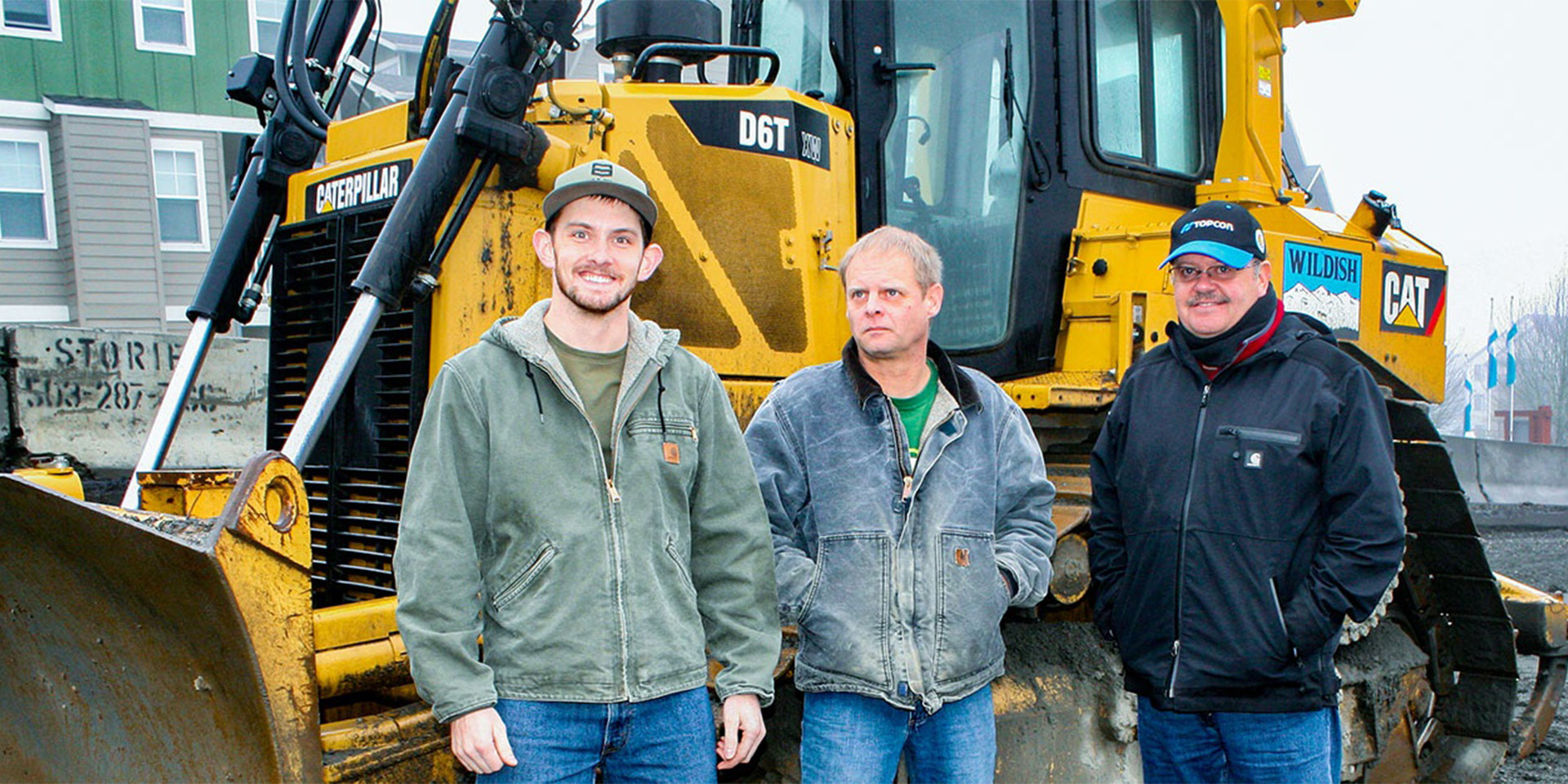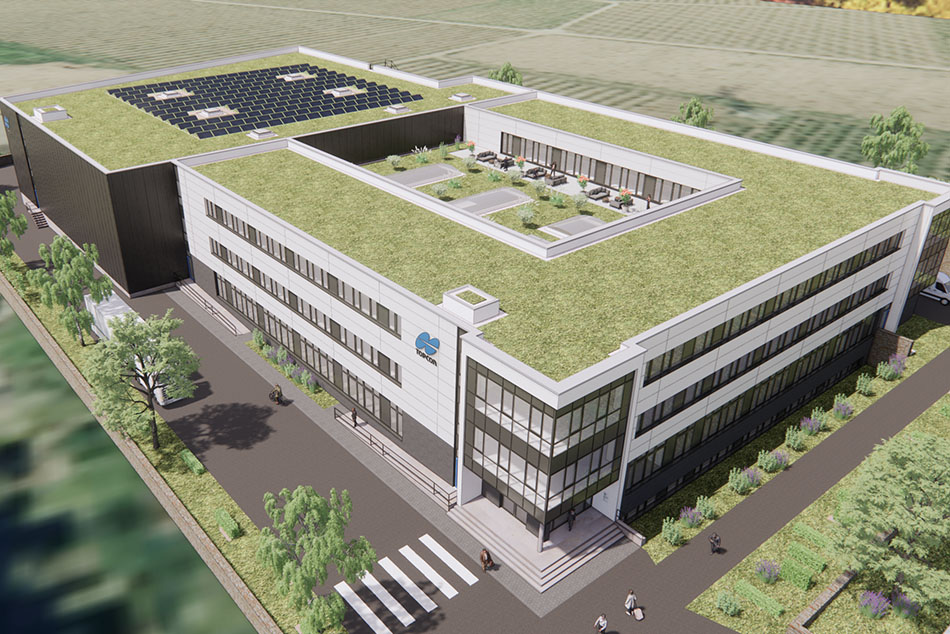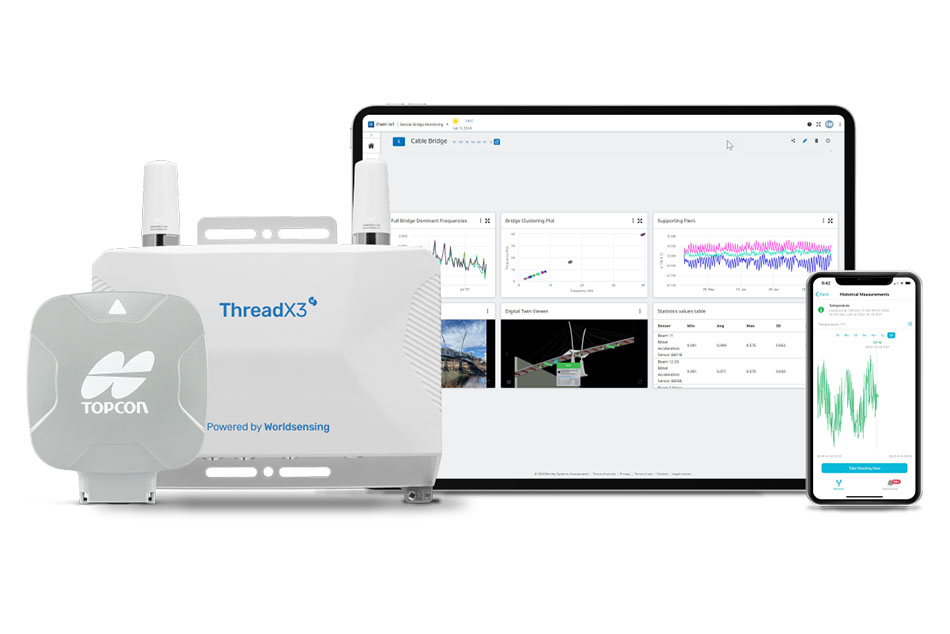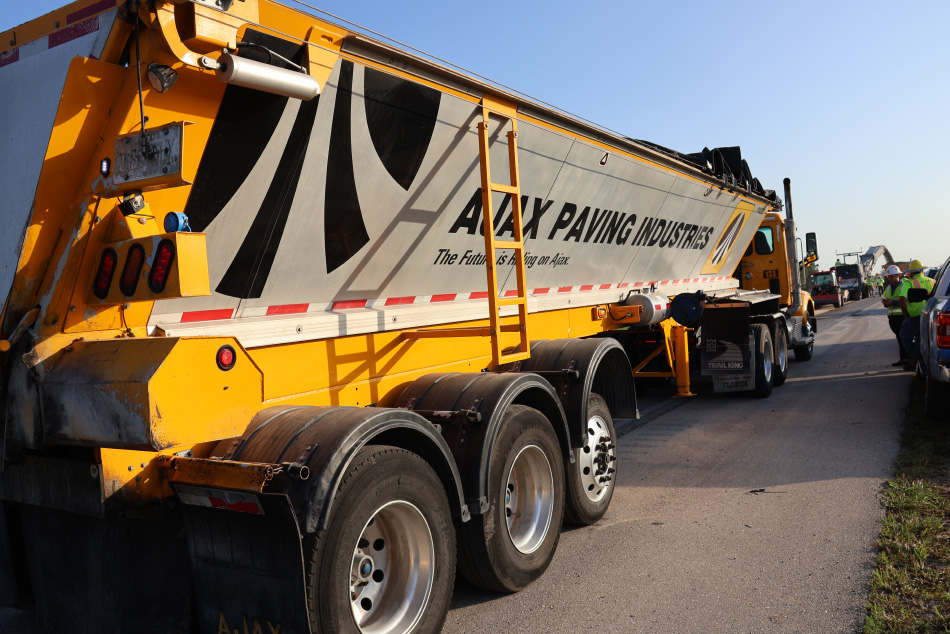Three Decades Young
Established more than 85 years ago as a material hauling company, Wildish quickly diversified into aggregate processing and, later, asphalt and concrete production. Though continually expanding in a number of areas, it wasn’t until 1983 that a separate division was formed that is known today as Wildish Standard Paving, according to Russell Dodge, one of WSTP’s project engineers.
“In those almost forty years, however, we’ve grown to where we do everything from building and road construction to airfields, infrastructure work, and more,” he said. “On the infrastructure side of things, there has been a real push throughout the area to improve traffic flow in areas that have been prone to congestion and tie-ups. We’ve won a number of those bids and, largely because of the role GNSS solutions now play within this division, have been successfully tackling those projects.”
Without consciously realizing it, Dodge and WSTP had navigated their way to what Topcon Positioning Systems calls the “Intersection of Infrastructure and Technology.” This conceptual location represents a crossroads at which industry professionals can tap into the wide range of innovative GNSS solutions available to them in order to move to the forefront of technological advancement. By doing so, they increase productivity and profitability and are better equipped to meet today’s ever-growing infrastructure needs.
Getting On Board
Though the paving group was slower than the construction division in fully embracing GNSS technology, WSTP’s Dodge is quick to add that, since doing so, they’ve taken to it in a big way.
“We first utilized 3D machine control about four years ago when we rented the solution from Portland’s Topcon Solutions Store (TSS),” he said. “Mind you, our construction division was already a regular user of the technology and we’d been using a 2D paving system on our pavers since the early ‘90s, so we were not entirely new to the concept. After renting for several projects, we realized that to be both competitive and productive, we needed to fully commit to a GPS system that could get us there, that wasn’t as clunky as some of the systems we’d tried in the past, and would allow some of the regular daily processes to be streamlined. We again turned to TSS and purchased our first machine control system: 3D-MC2 from Topcon.”
Wildish quickly put the new GNSS solution to the test on a project known as the Newberg-Dundee Bypass south of Portland. On that job, a four-mile stretch of highway built to relieve congestion on Highway 99W between the two named towns, the company used a Cat D6 running the Topcon 3D-MC2 solution and immediately saw its potential.
“We moved hundreds of thousands of yards of dirt with the D6 on that job,” said Dodge. “In one area, we literally turned a small mountain into a pond and we did it all with minimal staking. The results spoke for themselves and we realized this was the way we needed to go.”
No Stakes, No Problem
Today WSTP runs four machine control systems, including Topcon’s latest mastless solution, 3D-MCMAX and has regularly utilized them all. The paving division’s move to embrace GNSS has been rewarded nicely, nowhere more so than in one of the road projects mentioned at the outset, even they weren’t prepared for the eventual results, according to Dodge.
“The job was at Springtown Road and it involved intersection improvement, adding a turn lane — basically optimizing it for higher traffic flow,” he said. We bid the job with the intent that we were going to have to manually stake and operate every foot of that job. Instead, we tackled it as an almost totally stakeless project, utilizing our Cat 349 with Topcon X-63 excavator machine control and the D6 running Topcon 3D-MC2. Doing so streamlined the process greatly.”
“Quickly” might be something of an understatement. In fact, WSTP trimmed two weeks off the project’s five-week length, a move which Dodge is only too happy to put into context.
“Saving two weeks on a six-month job is nice but cutting two weeks off a five-week schedule means efficiency and production have gone to a whole different level,” he said. “Because of the technology — and some excellent planning by our people — we got in there and just knocked it out. We weren’t really anticipating that.”















